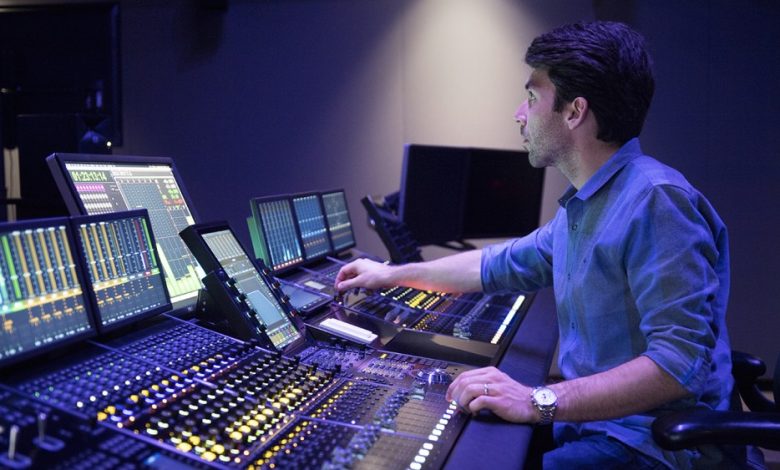Mastering the Art of Audio: A Comprehensive Guide to Becoming a Mastering Engineer

Mastering audio is a delicate art, requiring a keen ear, technical expertise, and a deep understanding of musical nuances. Becoming a mastering engineer is a journey that involves honing your skills, investing in the right tools, and staying updated with industry advancements. In this comprehensive guide, we will delve into the world of audio mastering, providing insights, tips, and techniques to help you on your path to becoming a proficient mastering engineer.
Understanding the Role of a Mastering Engineer
Mastering engineers play a pivotal role in the music production process. They are responsible for refining and enhancing the final mix of a recording to ensure it is sonically balanced, consistent, and ready for distribution. The mastering process involves tasks such as equalization, compression, stereo enhancement, and applying final touches to make the music sound polished and professional.
Developing Essential Skills for Mastering
To excel as a mastering engineer, one needs to cultivate a set of essential skills:
1. Acquiring a Keen Ear for Audio Detail
A mastering engineer must have an acute sense of hearing to detect even the subtlest audio imperfections. Training your ear to perceive nuances in frequency, dynamics, and tonal balance is vital for successful mastering.
2. Understanding Audio Processing Tools
Familiarize yourself with a wide array of audio processing tools, including equalizers, compressors, limiters, and specialized mastering plugins. Learn how to utilize these tools effectively to enhance audio quality without compromising its integrity.
3. Grasping Technical Aspects
Understanding the technical aspects of audio, such as bit depth, sample rate, dithering, and file formats, is crucial for achieving optimal results during the mastering process.
4. Gaining Knowledge of Music Genres
Different music genres have distinct audio characteristics and mastering requirements. Gain knowledge and experience in mastering various genres to cater to a diverse clientele and produce top-notch results.
Investing in the Right Equipment and Software
High-quality equipment and software are fundamental to the mastering process. Investing in industry-standard studio monitors, headphones, audio interfaces, and mastering software ensures that you can accurately assess and manipulate audio during the mastering stage.
Achieving a Flawless Master: Step-by-Step Guide
Mastering is a meticulous process that demands precision and attention to detail. Here’s a step-by-step guide to achieving a flawless master:
1. Import and Organize
Import the final mix into your mastering software and organize the tracks for easy accessibility and editing.
2. Listen and Analyze
Carefully listen to the entire track, analyzing its dynamics, tonal balance, and identifying areas that need improvement.
3. Apply Equalization
Use EQ to balance the frequency spectrum, enhancing the clarity and coherence of the audio.
4. Utilize Compression
Apply compression to control the dynamic range and achieve a more consistent sound throughout the track.
5. Adjust Stereo Image
Enhance the stereo image to ensure a wide and immersive listening experience.
6. Add Final Touches
Make final adjustments to volume levels, fades, and any additional effects needed to perfect the audio.
Staying Updated and Networking
The world of audio mastering is constantly evolving, with new technologies and techniques emerging regularly. Stay updated with the latest trends, tools, and industry knowledge by attending workshops, conferences, and connecting with fellow professionals in the field.
Mastering audio is an art that requires dedication, practice, and a commitment to continuous learning. By honing your skills, investing in the right equipment, and staying informed about industry advancements, you can become a proficient mastering engineer. Remember, achieving excellence in this field is an ongoing journey of refinement and passion for the beauty of sound.



